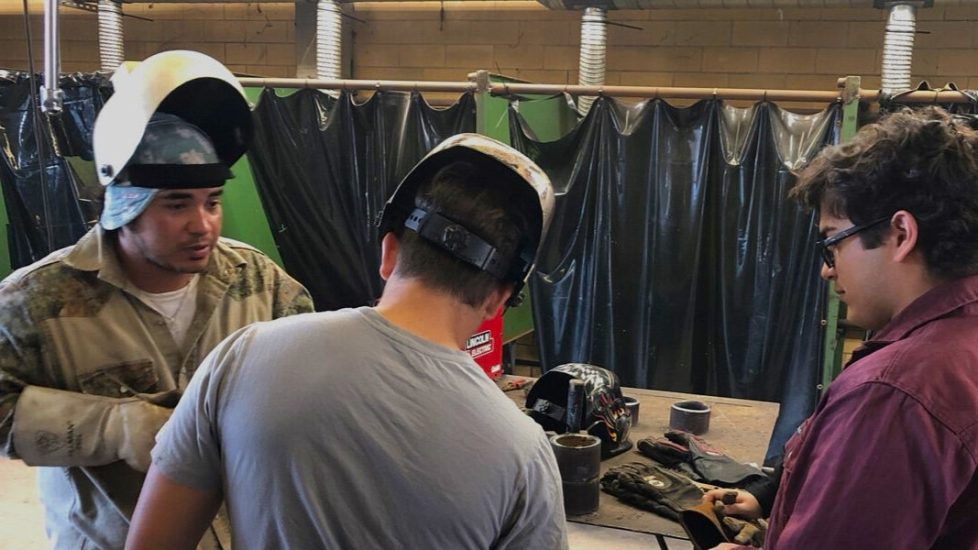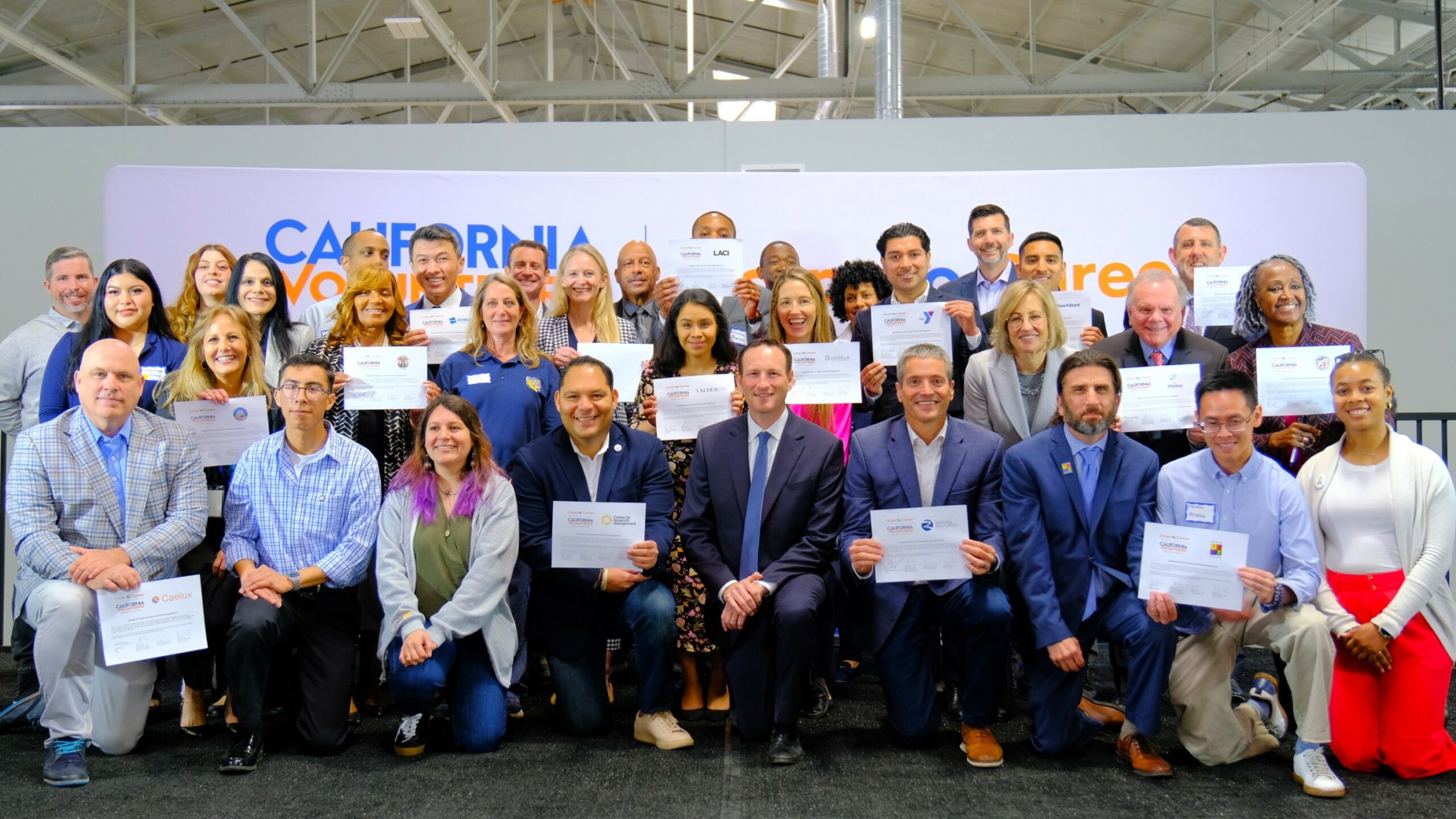Throughout the state of Texas, there are 900,000 students in small- to medium-sized rural school districts. While rural students graduate at a higher rate than their urban peers, only 28% of rural high school graduates have college degrees compared to 41% of their urban counterparts.
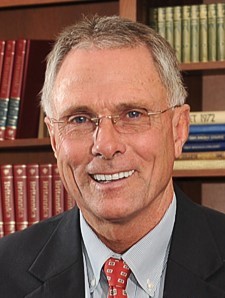
“We have ended up with a very low-educated rural population and what’s known as rural brain drain,” says Kim Alexander, chief executive officer of Collegiate Edu-Nation, a nonprofit with the mission of empowering rural school districts to support and educate students for meaningful careers.
Michael Gonzalez, executive director of the Rural School Innovation Zone (RSIZ) says, “The challenges of overcoming those things are personnel and lack of capacity in the school districts, whether it be funding or just having people that are certified to teach those classes in skilled trades, STEM, health care, business, and more.”
To bring opportunities to rural students, both organizations have formed collaborations that facilitate learning and training within the communities, which helps develop and keep talent where they live.
Pooling Teaching Resources
Three independent school districts and several higher education institutions make up the partnership known as RSIZ in South Texas. If students from one district are interested in a program in another, they are not restricted from attending. Students from grades sixth through 12 in three schools (known as “academies”) not only get exposure; they are able to have hands on training in industries that coincide with high job prospects in the state.
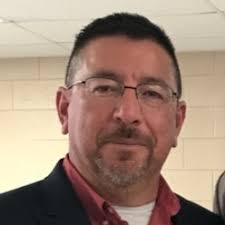
For example, the Ignite Technical Institute at Falfurrias High school has a partnership with Del Mar College and Texas A&M Kingsville. It focuses on career technical education (CTE) like construction, welding, electrical and heavy equipment operations. Students can earn certifications in those pathways and graduate job-ready. Paid internships are available through business partners such as the Texas Department of Transportation.
“The internships are huge for us,” Gonzalez says. “When I was in high school, we didn’t have these kinds of opportunities to figure out exactly what we wanted to do. They get a chance at a very early age to have a mindset of the thing they want to do for the rest of their life, or if it’s not what they’re cut out to do.”
The Next Generation Medical Academy at Freer High school enables students to earn certifications in EKG, phlebotomy, patient care technician and certified medical assistant, as well as college hours towards an associate degree for licensed vocational nurse (LVN) or registered nurse (RN).
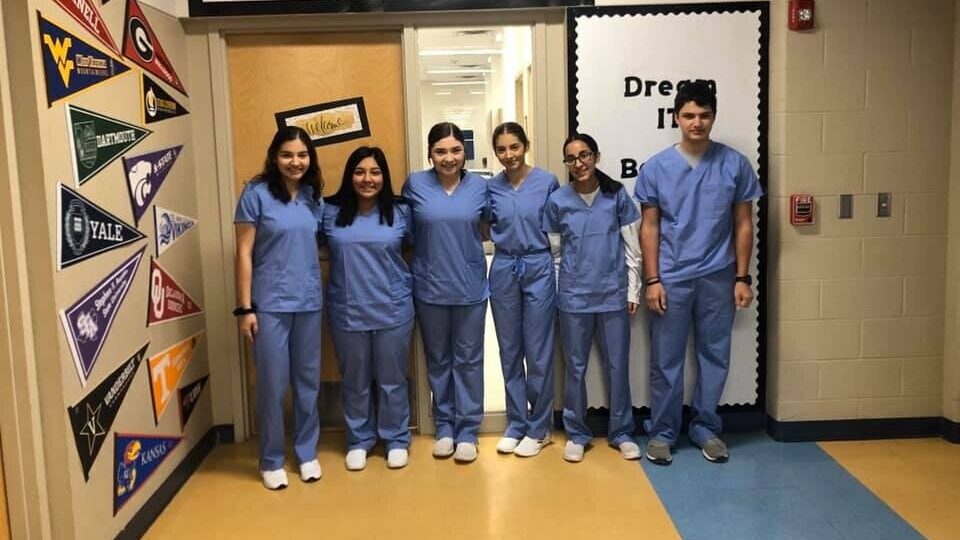
For students interested in military careers, they can explore military science and service at the Citizen’s Battalion Naval JROTC at Falfurrias High School. Dual enrollment at three colleges and universities is available through the Will Zelaya STEM Discovery Zone at Premont Collegiate High School that can lead to STEM industries such as robotics, geographic information systems (GIS) and drone technology.
Students who attend the Grow Your Own Educator Academy at Premont Collegiate High School, which partners with Coastal Bend College and Texas A&M Kingsville, graduate with an associate’s degree in early childhood education with a level one certification, and can walk into a four-year pathway to become a certified teacher.
“Basically, we’re funding our own pipeline for educators,” Gonzalez says. “The educator shortage we have is phenomenal around the country but in rural Texas is pretty significant.”
While the cooperation across school districts, colleges and universities is working well, a continual challenge is finding teachers and experts who focus on some sectors.
“We have to be competitive with salaries. We leveraged a company grant fund to entice professionals to being a teacher, as well as the calendar, the amount of kids and the time they need to be on campus. We’re very fortunate that nurses and electricians love what they do and we’ve been able to keep them,” he says.
‘We’re trying to reverse the movement that began back in the 1950s’
Gonzalez says RSIZ is seeing success: students are scoring 94 out of 100 points for college career military readiness, the high school graduation rate is 98.4% compared to 89.7% when the collaboration started; dual credit completion is 57% compared to 27%.
Dual enrollment is also a focus of partnerships through CEN. Its network of rural schools and higher education started with the Roscoe Collegiate Independent School District (RCISD) and has expanded to 17 in Texas.
“I was superintendent there at Roscoe, where I grew up,” Alexander says. “My family’s been farming and ranching there since. And the last 17 years as superintendent, and 20 years ago when I was high school principal, we realized that all of our students were doing well at school. But for the disadvantaged students walking across that graduation stage, best part their life now behind them.”
With Alexander’s leadership, RCISD launched an early-college model, focusing on STEM. But as their model of marrying dual enrollment, certifications, early exposure to collegiate classes and workforce partners expanded, CEN was formed to support other districts.
Workforce needs are the catalyst for CEN-member districts in selecting the programs they offer. Beyond STEM, programs in animal and human healthcare, robotics in advanced manufacturing, real estate and business, and wind and solar energy are intentional.
“Our students are in the associate (degree) group when they graduated high school as a result of the tech designation. We have a partnership with West Texas Regional University to bring four-year degrees that to lead to high-wage, high-demand jobs. We work very closely with the workforce dimension to identify those high wage, high demand jobs and make sure that students are earning certifications in those areas,” Alexander says.
The CEN Network model is growing nationally. The Boone County School in West Virginia is now part of CEN, and through American Association of School Administrators, more rural schools are being identified.
“We’re trying to reverse the movement that began back in the 1950s where our best and brightest leave the rural areas and move to suburban and urban areas and opportunities, never to return,” Alexander says.

